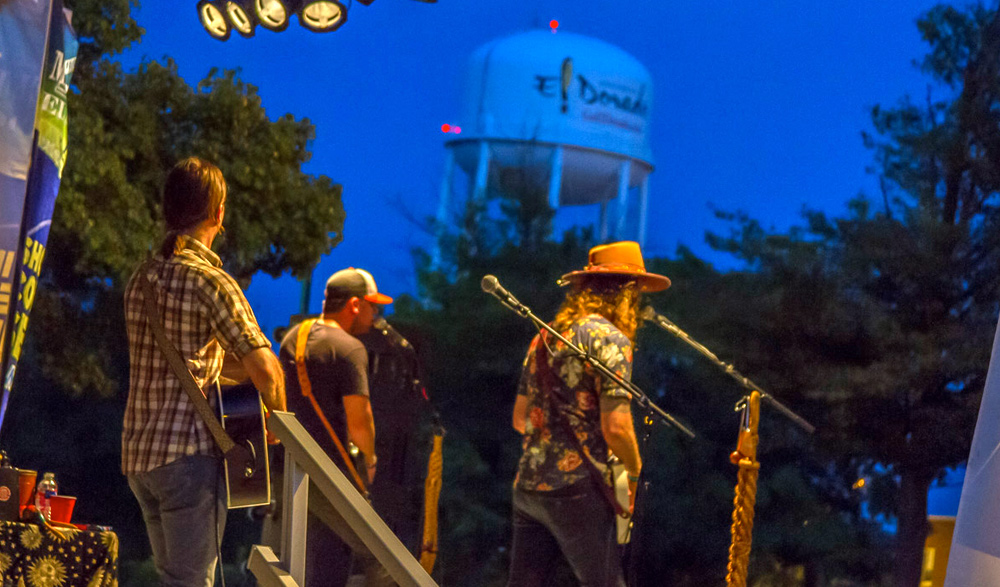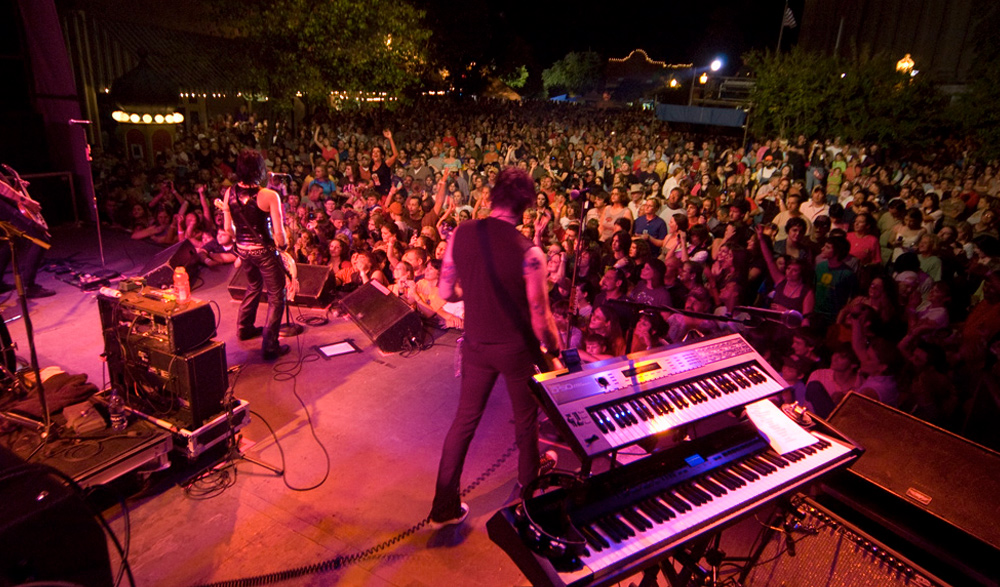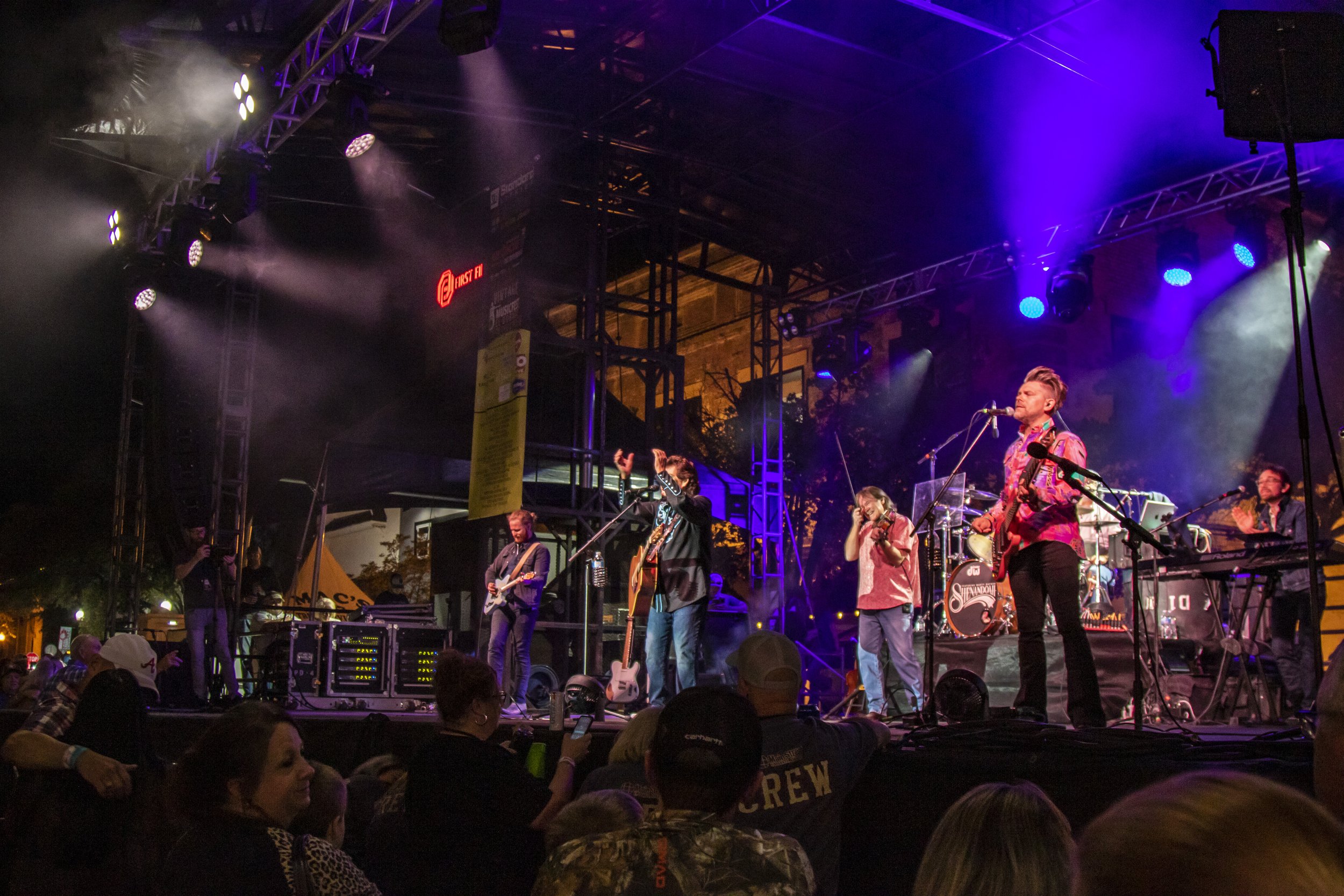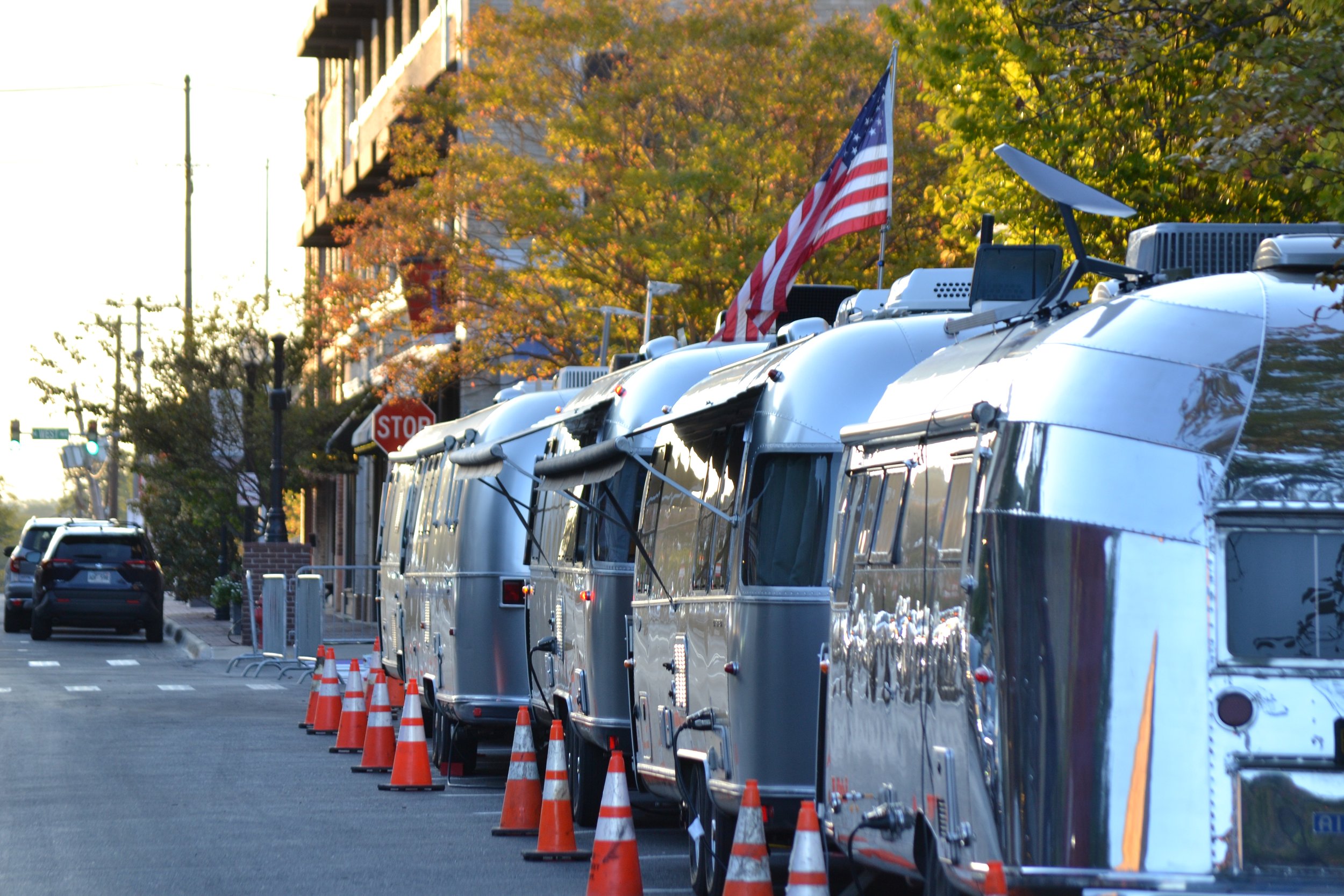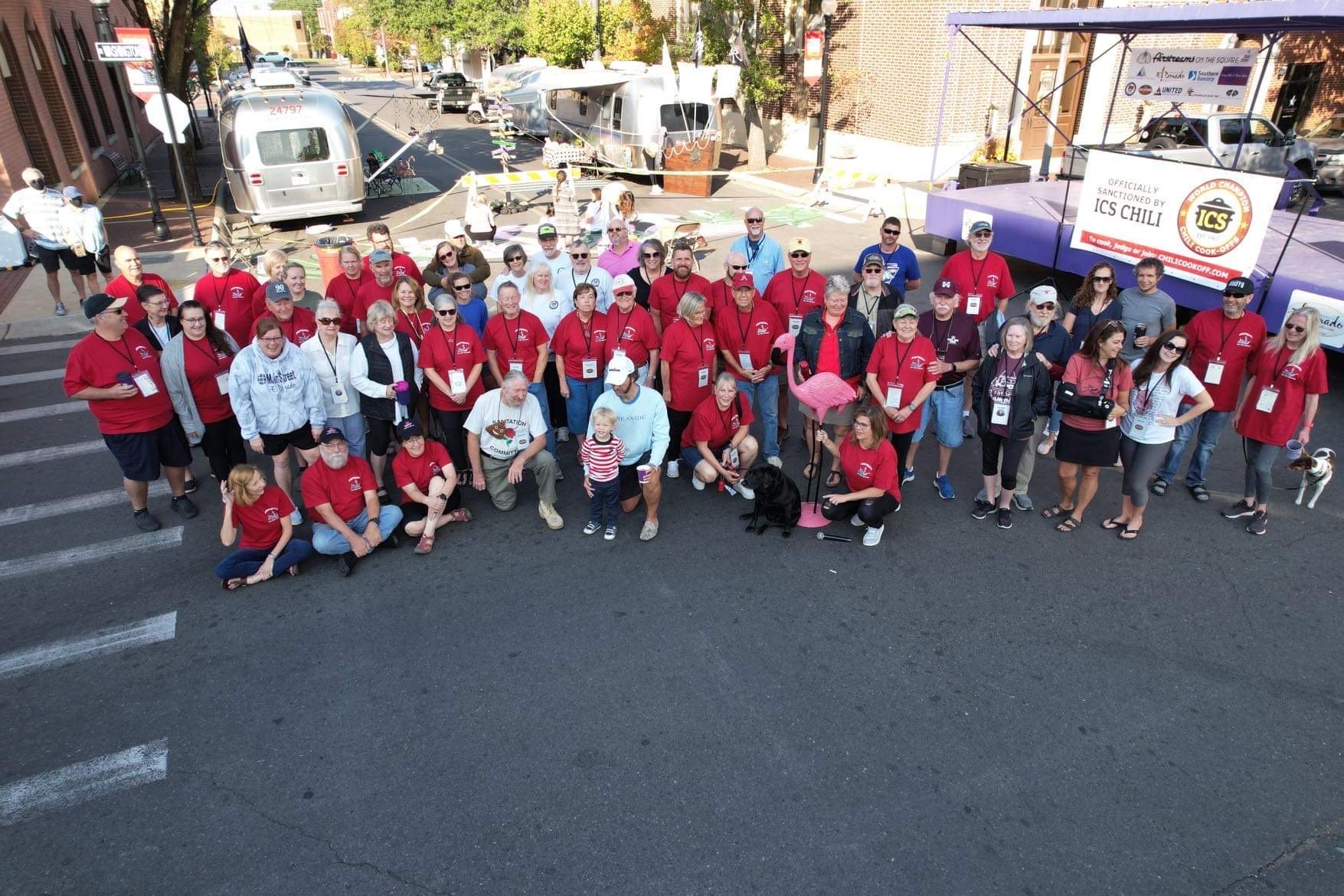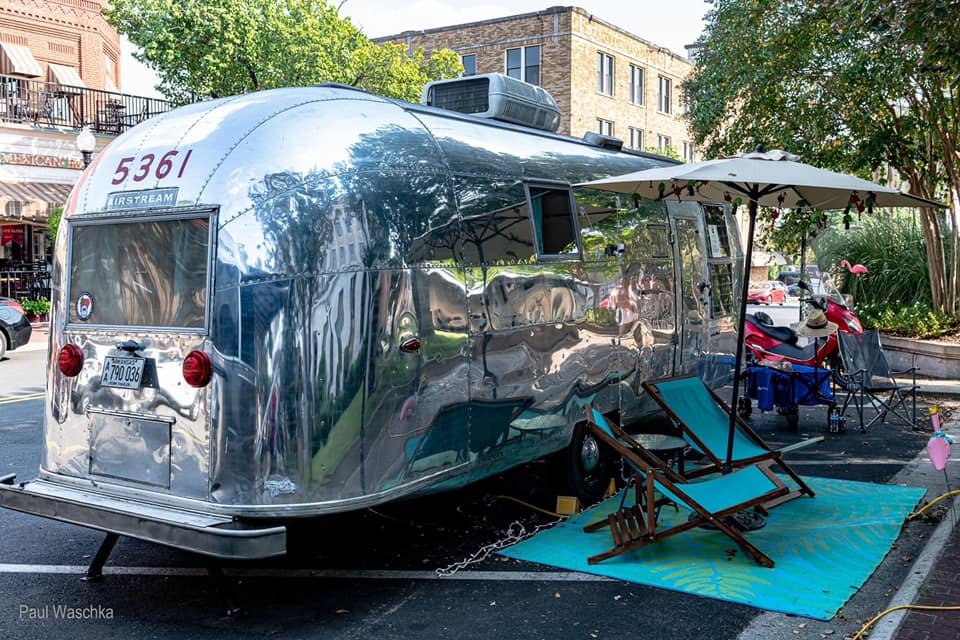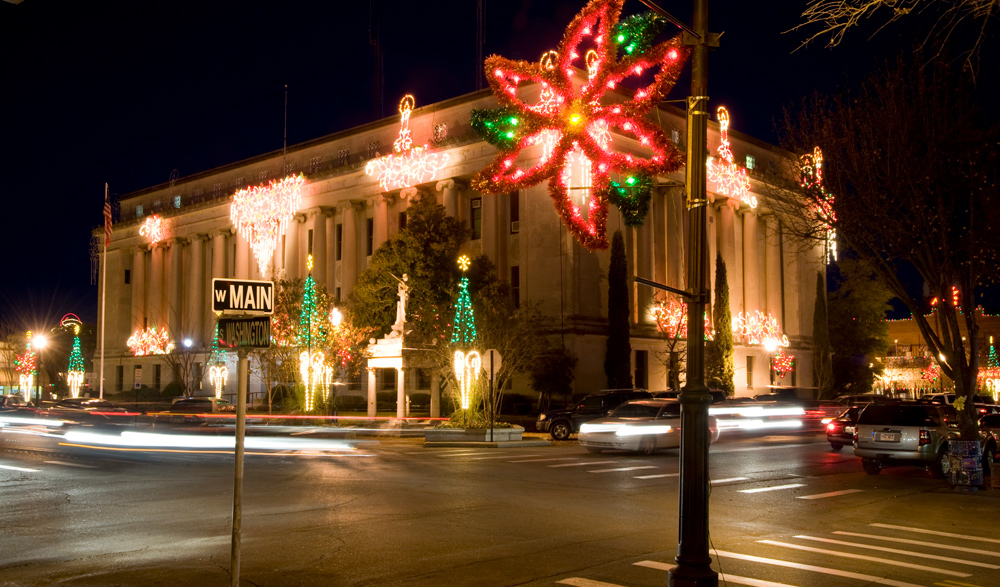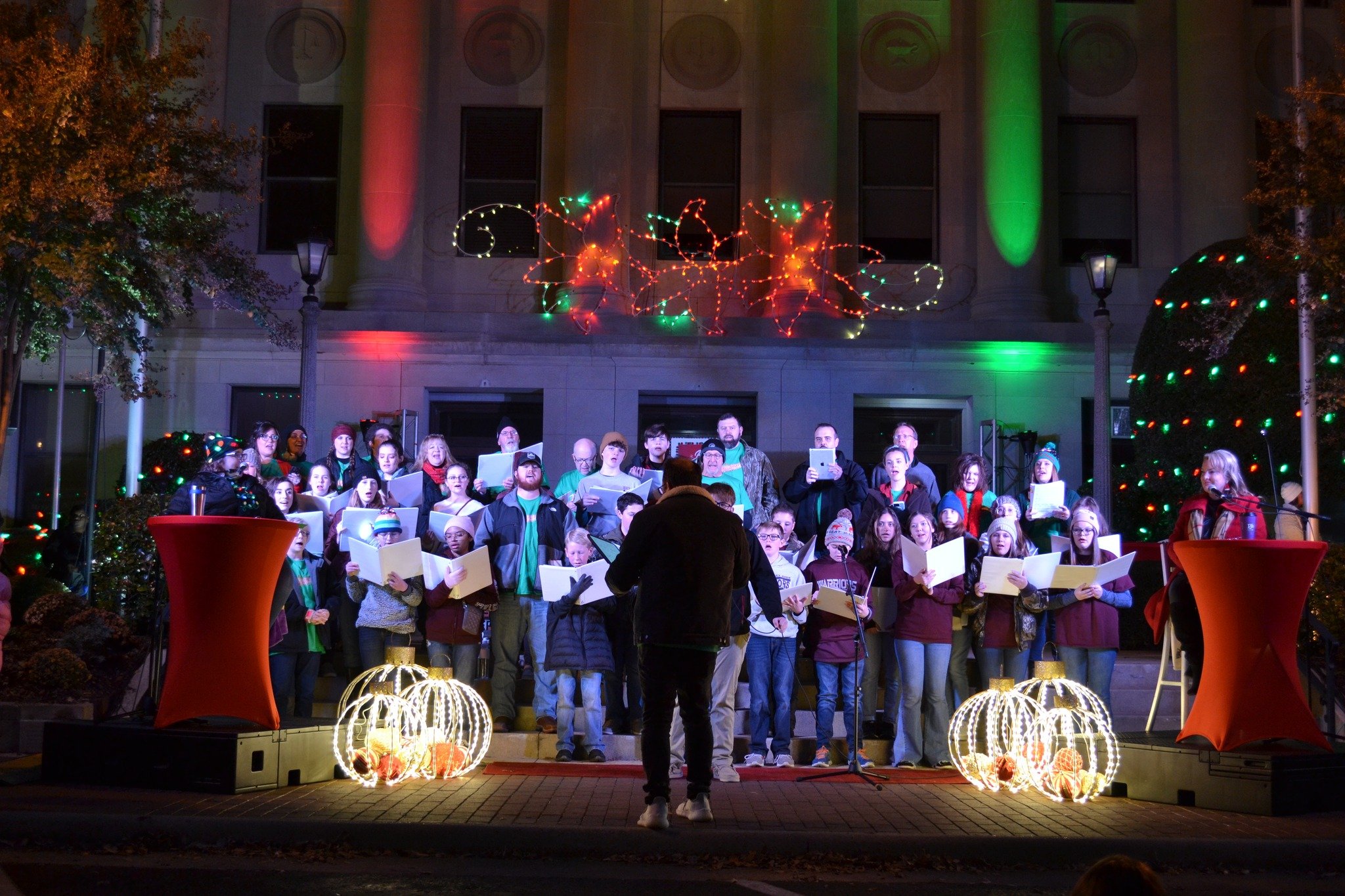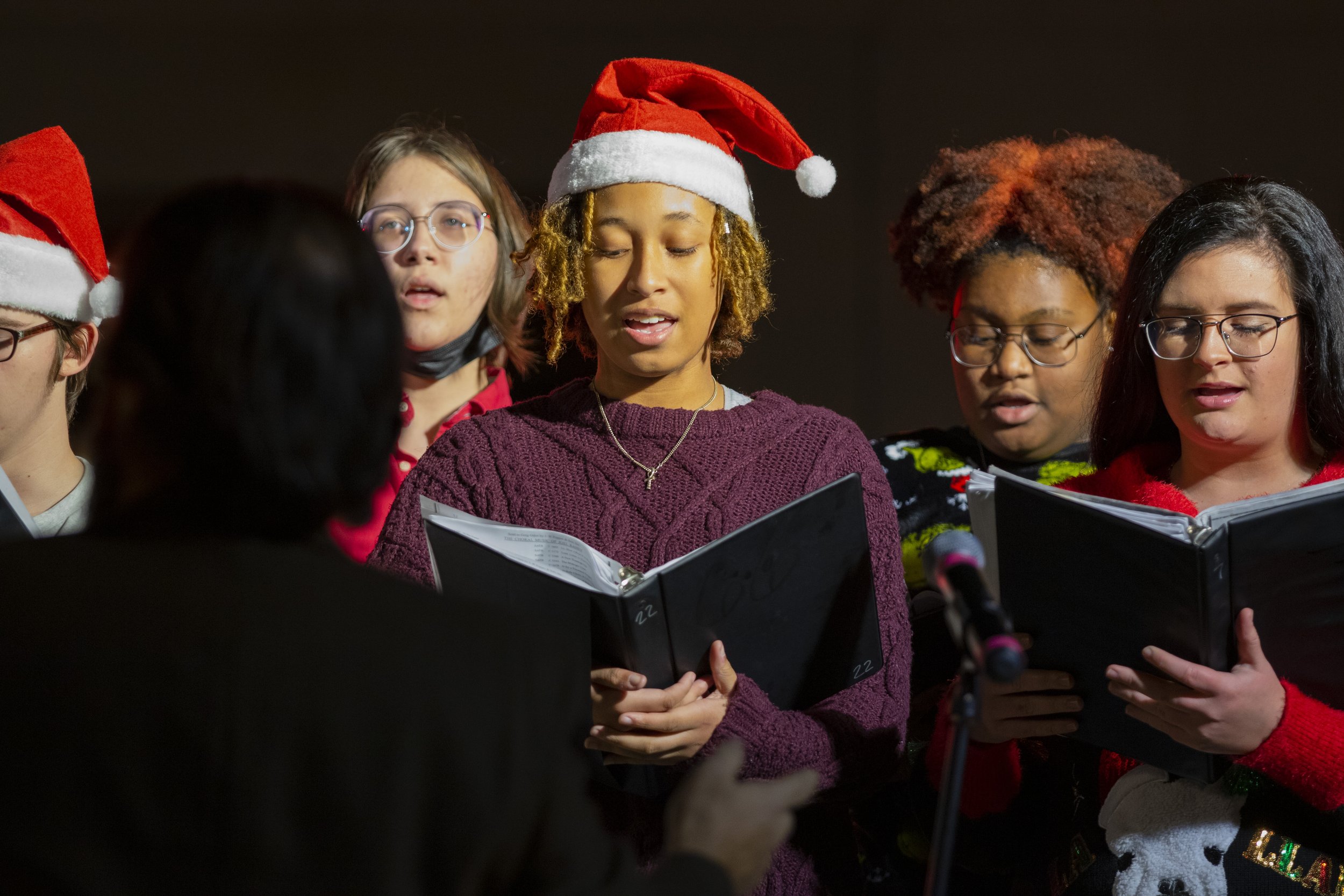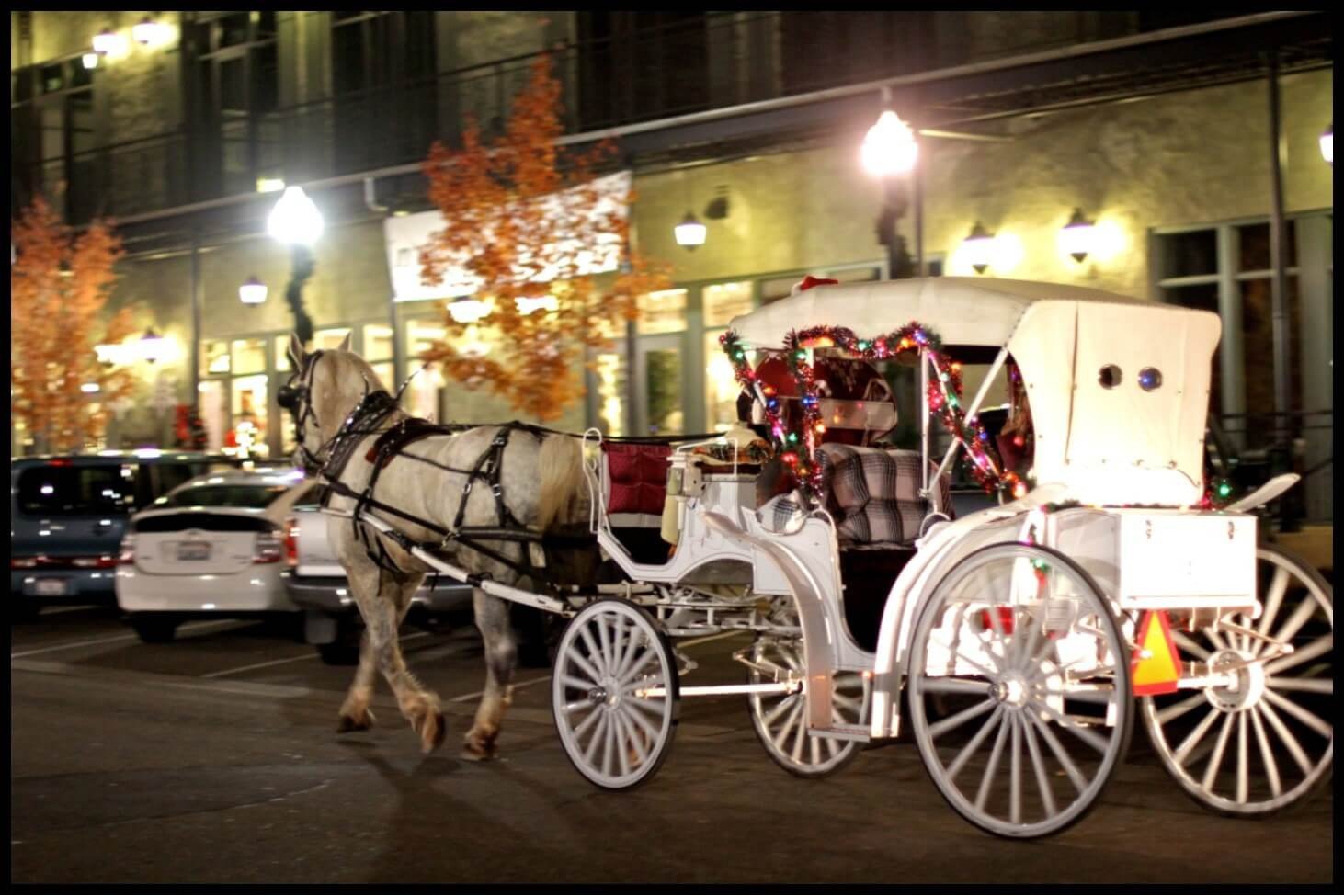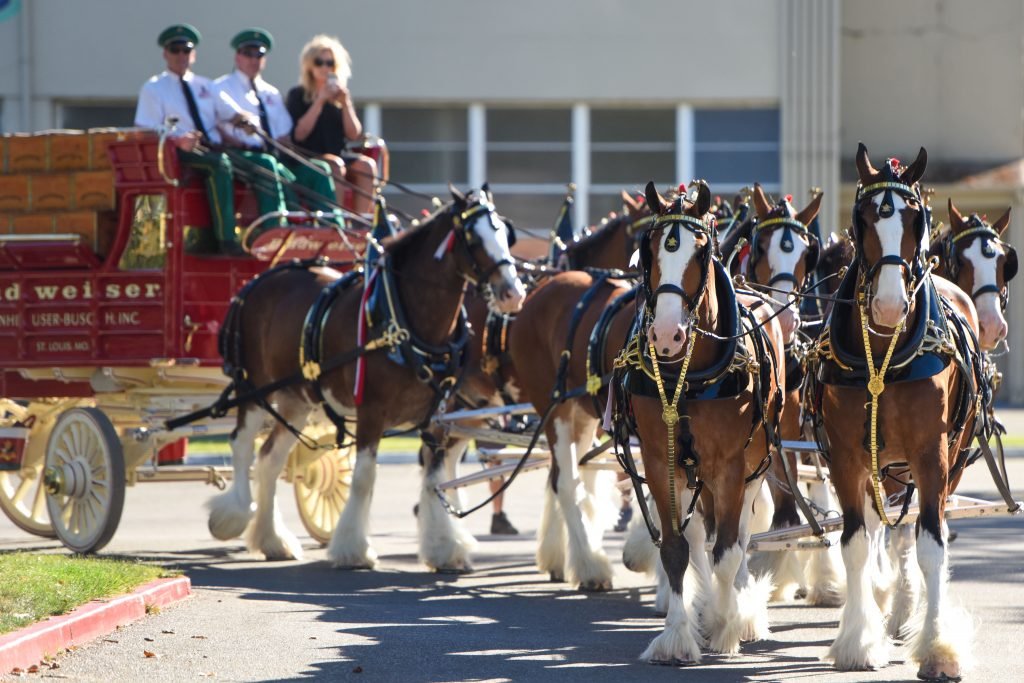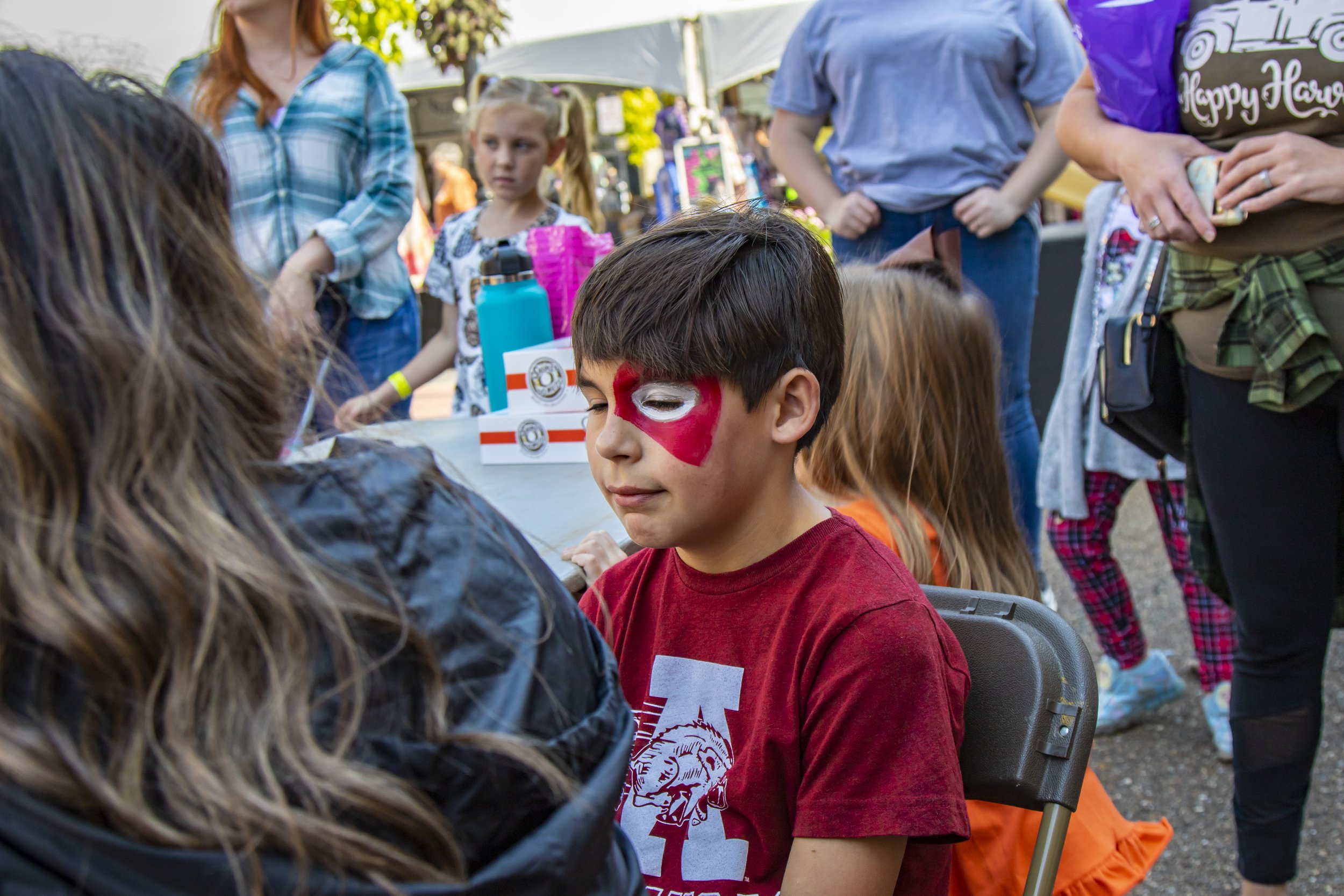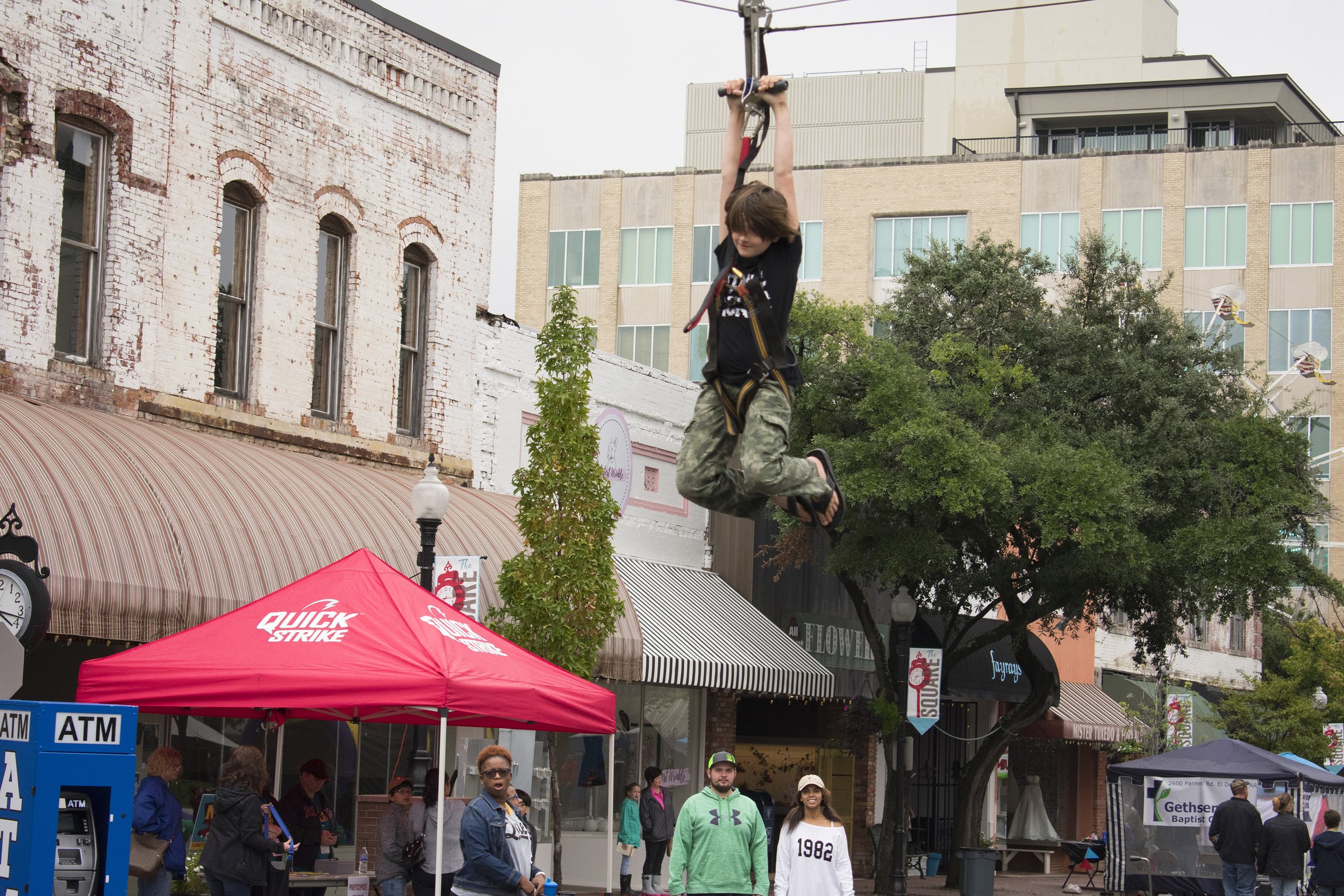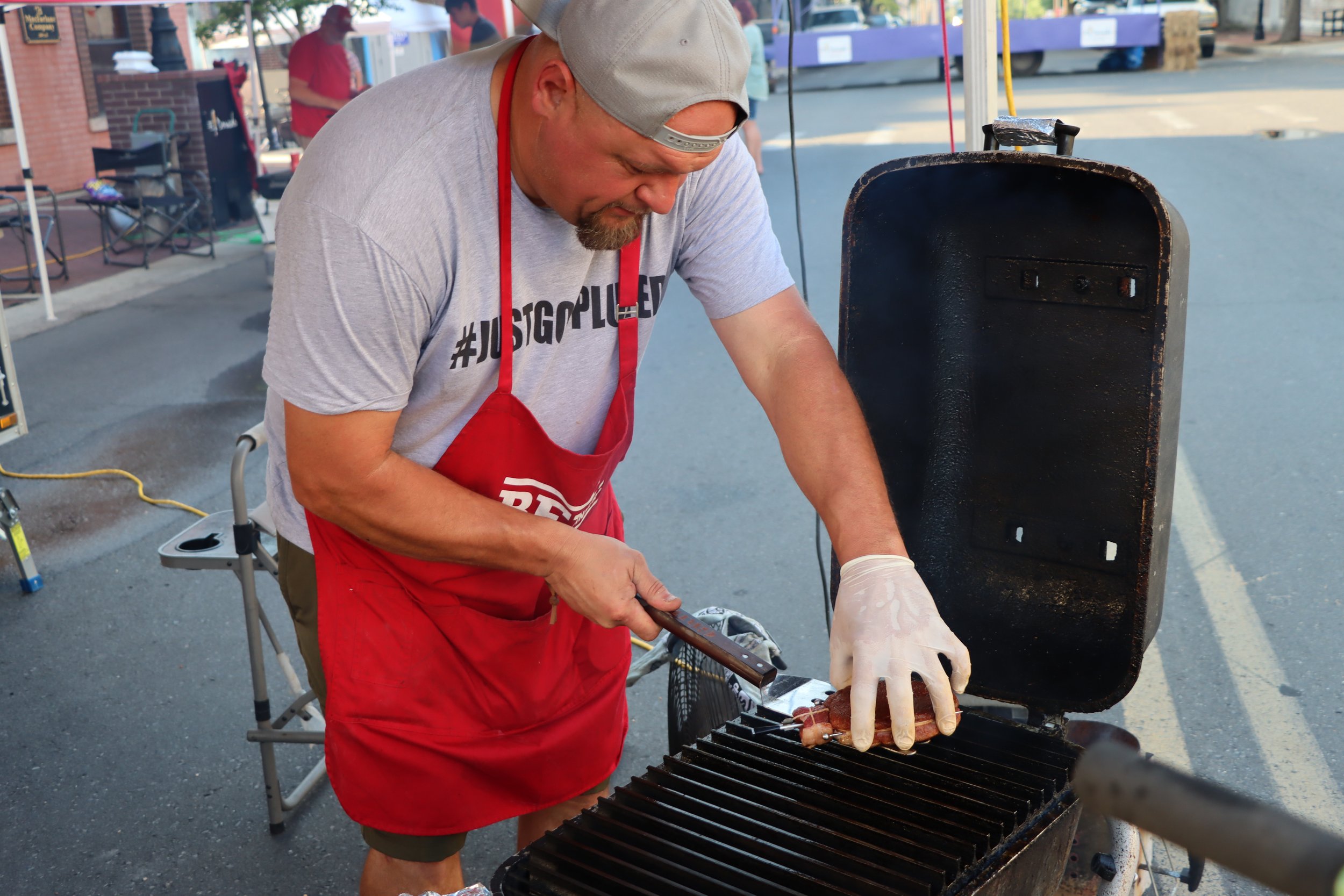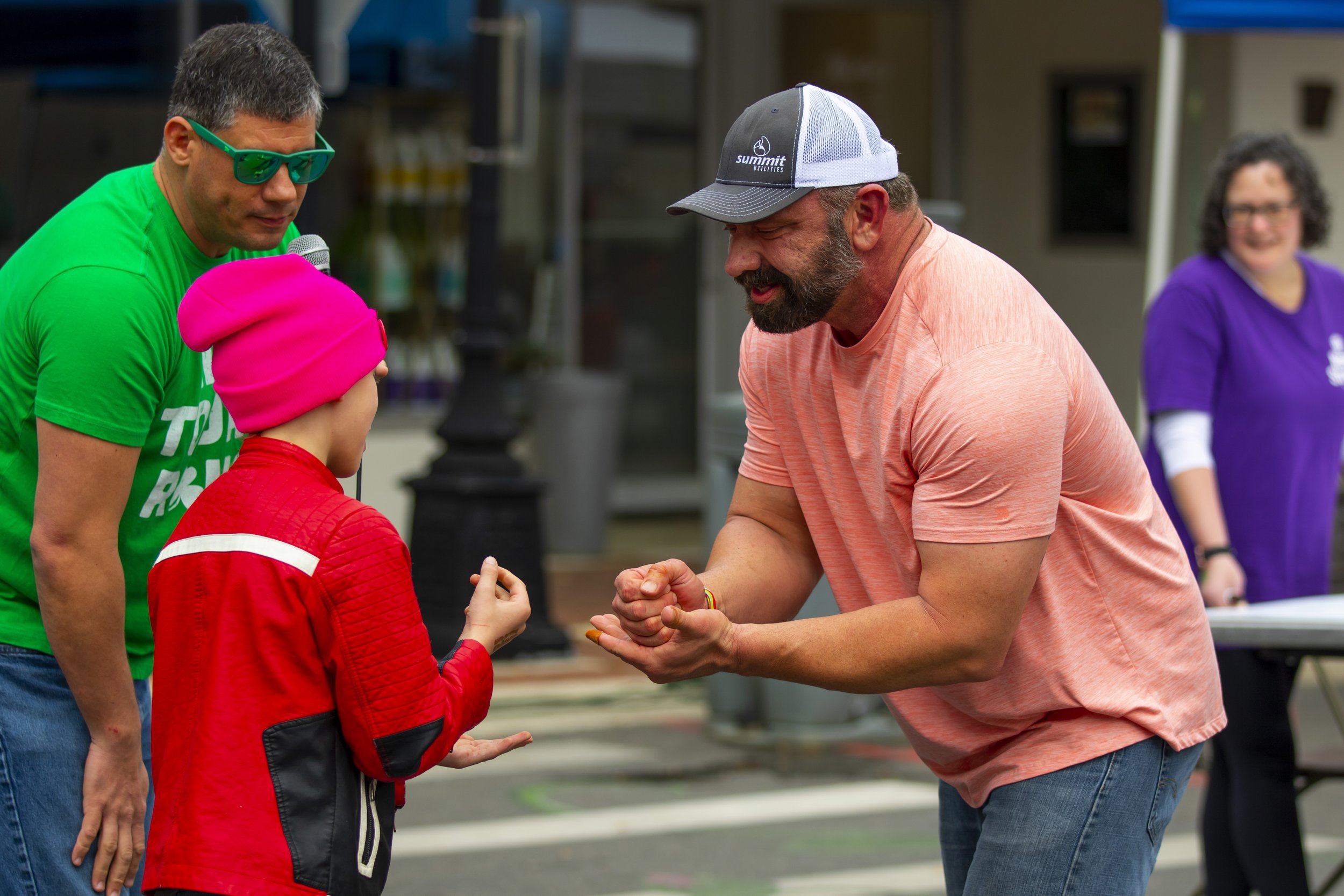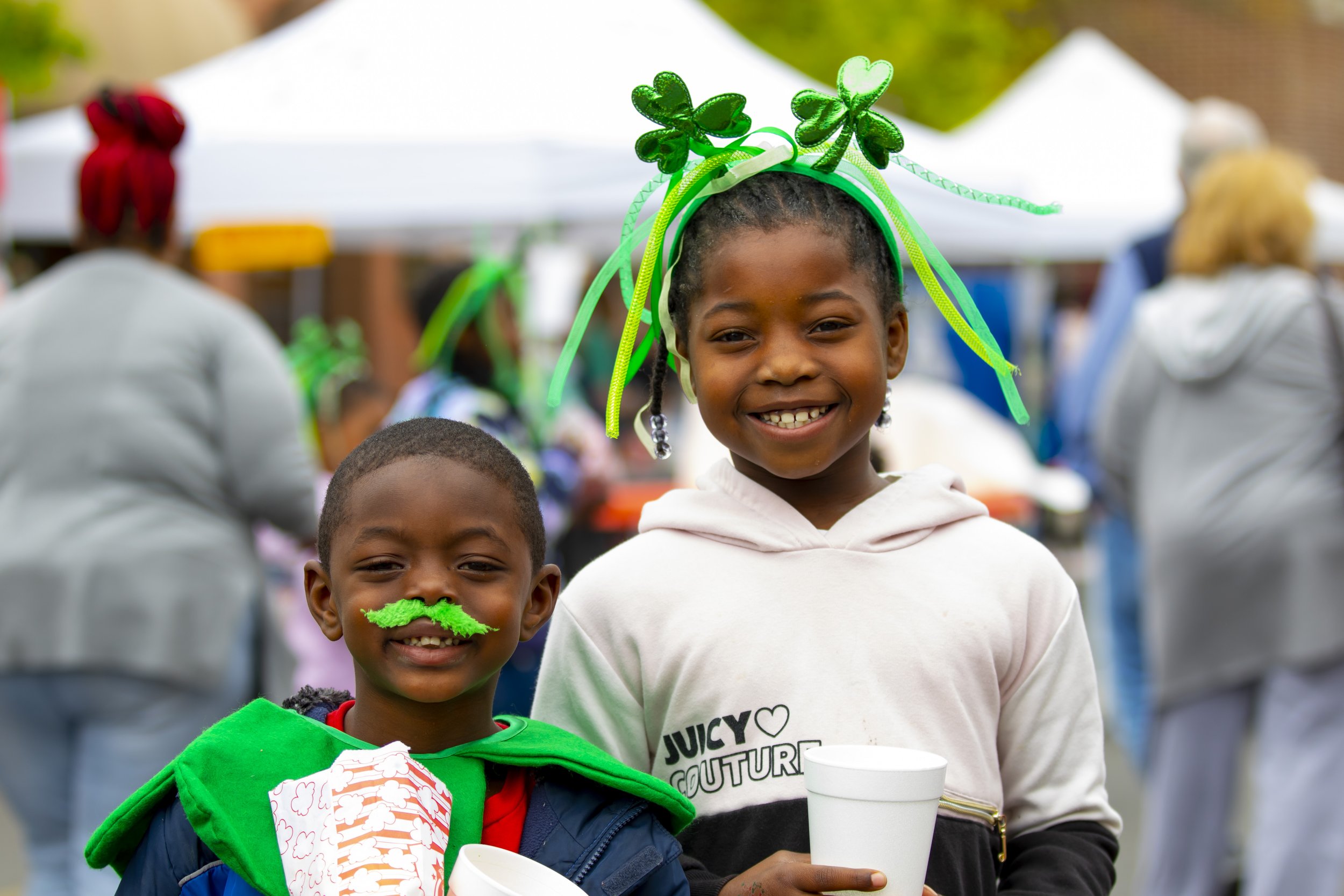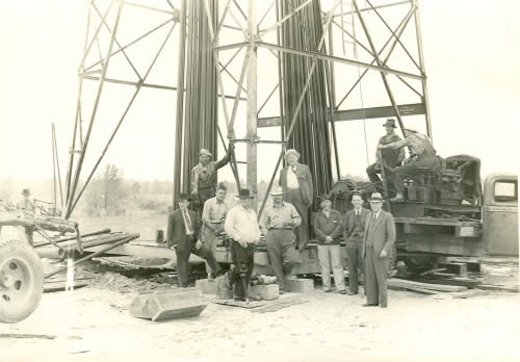GET TO KNOW Mse
Main Street El Dorado
2023 Annual Report
WHAT IS THE MAIN STREET PROGRAM?
It is a national program committed to continued downtown revitalization. It is a program that builds on the downtowns total image; therefore, the approach is an incremental one that utilizes four elements:
Organization/Membership
Design
Promotion
Economic Vitality
Find out what Main Street El Dorado can do for you in Services
As a Main Street America™ Accredited program, Main Street El Dorado is a recognized leading program among the national network of more than 1,200 neighborhoods and communities who share both a commitment to creating high-quality places and to building stronger communities through preservation-based economic development. All Main Street America™ Accredited programs meet a set of National Accreditation Standards of Performance as outlined by the National Main Street Center.
BETH BRUMLEY, EXECUTIVE DIRECTOR
Beth Brumley was named Executive Director of Main Street El Dorado in 2017. A dedicated Main Street volunteer, a talented marketing professional, and a devoted proponent of El Dorado, Beth Brumley has found the ideal home for her talents in her new position as executive director of Main Street El Dorado. Bringing together her strong knowledge of the Main Street program and her wealth of professional experience, Brumley has taken the helm at Main Street ready to lead the organization in a new direction.
“With Beth's history of being a great volunteer for Main Street El Dorado and her background in retail and marketing, The Executive Committee felt that she was the perfect fit for the position of executive director for Main Street El Dorado”
~ Paul Choate, President, Main Street El Dorado.
Brumley, who served on the Main Street board from 2008 until 2012, began working with Main Street as a volunteer. She served as board president in 2012, chairing MusicFest XXV, which featured MC Hammer and Vanilla Ice, and bringing a new perspective to numerous other events.
Steering Main Street El Dorado back to its roots is part of Brumley’s mission in her new position. She plans to focus her energies on three of the Main Street America program’s four-point approach to downtown revitalization: economic vitality, organization, and design, while partnering with El Dorado Festivals & Events on the fourth point: promotions.
Brumley welcomes interested parties to contact her via her email address: director@mainstreeteldorado.org, or via phone at 870-862-4747.
BOARD OF DIRECTORS
Executive Director: Beth Brumley
Events and Office Coordinator : Krystal Swint Administrative Assistant: Emilia Gathright
President: Melissa Balentine
Vice-President: Karen Todd
Treasurer: Paul Washcka
Secretary: Victoria Young
Past President: Dawne Kelley Advisory Committee Chair: Bruce Butterfield
Luis Antonio Melissa Compton Alexis Jacob-Jones DeQuanta Moore Melody Morrow Keith Smith Sarah Walls Levi Winfrey
Advisory Board Members
Mayor Paul Choate Honorary
Chamber Member Faye Brown Honorary
Buddy McAdams Kristy Hayden Chad Mosby Greg Withrow Mallory Whitehead Chris Curry Rexayn Tribble
Not Pictured: Debbie Clark, Chris Curry, Kristy Hayden, Buddy McAdams, Chad Mosby, Rexayn Tribble, Jessica Villarreal, Mallory Whitehead and Greg Withrow.
A brief HISTORY of downtown el dorado
Tradition has it the adventurer Matthew F. Rainey became the first resident of El Dorado by accident. Raineys wagon broke down there in 1843, and being unable to get replacement parts, he held a sale of his possessions. The sale went so well that he bought more goods and opened a store.
El Dorado is Spanish for “the gilded one.” It is not known if Rainey was responsible for naming his new home in recognition of his good fortune. The name was in use, however, the following year when Union County officials, seeking to move their county seat from the Ouachita River bluff (now Champagnolle), accepted Raineys donation of 160 acres for the new townsite. In 1851, the town, then one square mile in area, was incorporated. Cotton growers came up the Ouachita River by steamboat and cleared the land for plantations.
By 1890, there were 455 people in El Dorado. The 30-year period following this saw El Dorados population grow to about 4,000 people and the town developed into the agricultural and timber center of South Arkansas. On January 10, 1921, the Bussey Oil Well blew and black gold began to flow. In a matter of weeks, El Dorados population grew to over 20,000 people. El Dorado was transformed from a settled, sleepy little community to a boomtown. By the end of October, about 460 producing wells had been drilled and 10 million barrels of oil had been taken from the area.
Recovering from the initial impact of the boom, El Dorado steadied and soon transformed itself from an oil camp into a city which has continued to progress. The citys tree-lined historic downtown with its colorful flower gardens attracts thousand of visitors each year. The El Dorado-Union County Recreation Complex is one of the finest in the state, and is the only fully handicapped accessible one of its kind in the state, complete with RV hookups. It is a popular gathering spot for games, picnics, and family reunions.
What the Gold Rush was to California, the oil boom was to El Dorado. The presence of petroleum under Arkansas soils was reported first in 1887 in Scott County.
The oil boom arrived with a bang near El Dorado on June 13, 1920 when the explosion of a test well killed five persons. Then oil came in on January 10, 1921. Trains full of people swarmed to the town, and the population rapidly went from 4,000 to 15,000 and on to 35,000 within a year. Smackover, a mere flag station in 1920, soon had more than 20,000 residents.
The chaos broke down the fabric of law and order and other social services. Mules, dying in the streets, were run over where they lay. New Years Day in 1922 was celebrated by the firing of pistols in the streets instead of the traditional firecrackers; church bells were a favorite target and fourteen persons were killed. Hundreds of other wells were drilled around the state in hopeful imitation.
Environmental problems abounded. Oil production was largely unregulated by state or federal authorities until after the Great Depression. With operators free to work as they wished, oil was stored in earthen ponds that sometimes flooded nearby land after rains, killing all vegetation and poisoning the water supply. Lightning occasionally ignited the ponds and evaporation was a problem. In the haste to find oil, natural gas was vented into the atmosphere and irretrievably lost. Primitive and not always honest drilling practices brought less than complete recovery from wells.
The first oil boom was short-lived. Arkansas rose to fourth in the United States in oil production in 1924, but output fell by one-fourth in 1926 and prices were less than the cost of production in the Depression, a second boom came in 1937. Drilling to 5,500 feet, twice as deep as in the first wells, led to the opening of the Shuler field. Arkansas production recovered and remained stable for a number of years.
One Arkansas oil man, Thomas Harry Barton, of Lion Oil, became a conspicuous figure in Arkansas political and social life, a lesser rival of Arkansas Power & Lights Harvey Couch. One of Americas most colorful oil millionaires, H. L. Hunt, got his start farming, gambling and raising a stake at Lake Village and then in the Arkansas oil fields before moving to Texas.
The oil discovered in Arkansas, although of no more than passing importance in the nations oil history, was highly significant to the poor state. The value of oil at the height of the boom was twenty-four times greater than the capital of all the banks in Arkansas or the total assessed valuation of the state.


